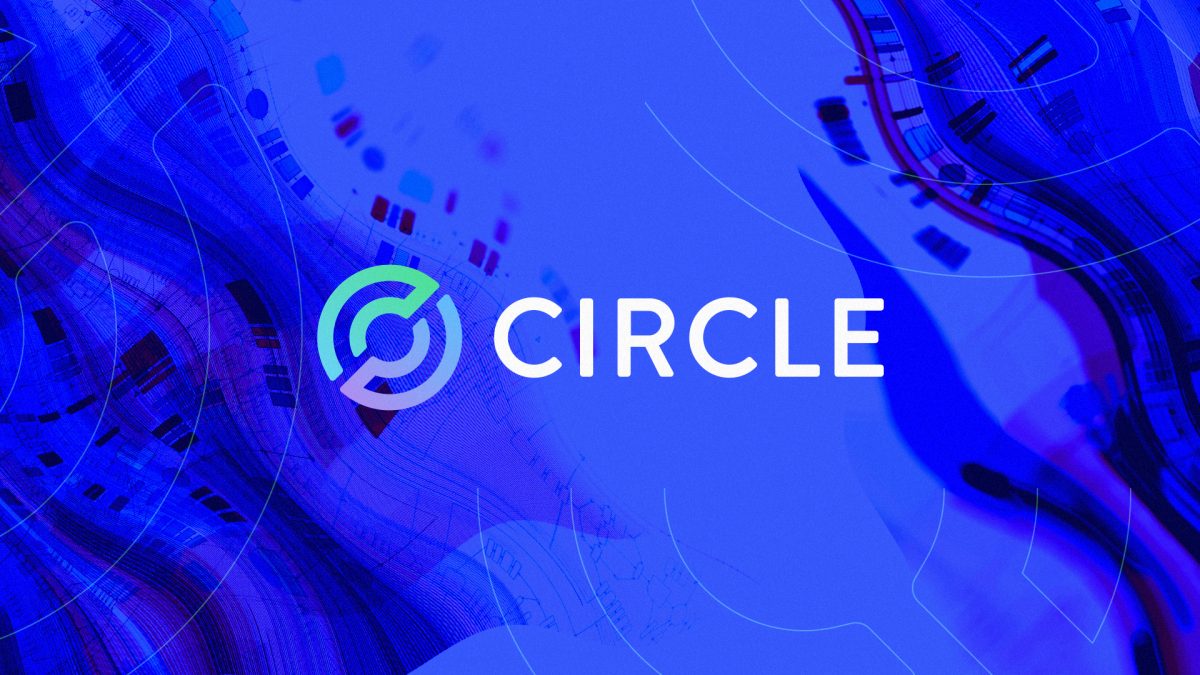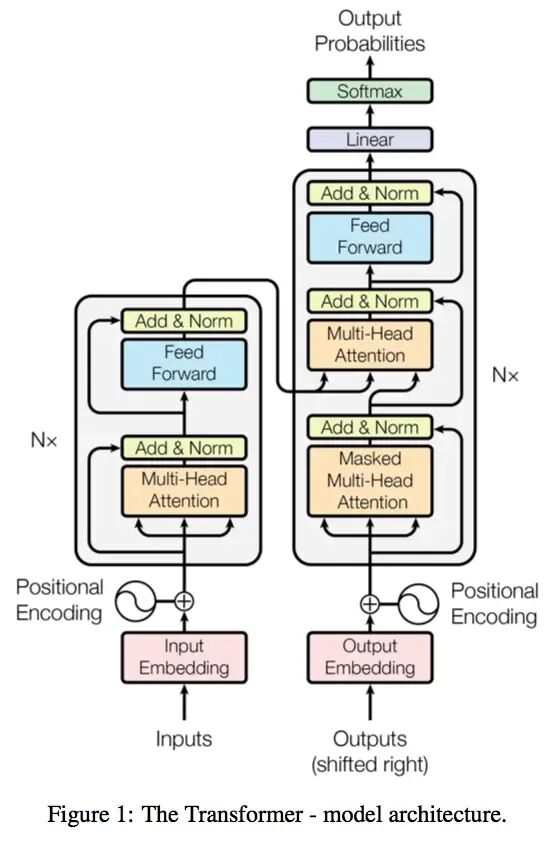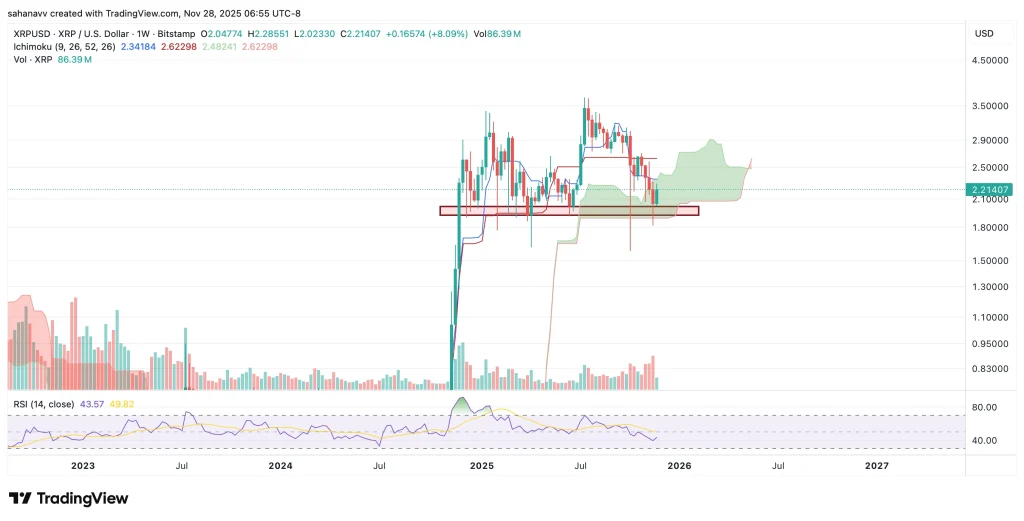Analysts see Circle as top stablecoin play, saying USDC will 'supplant fiat' in $20 trillion cross-border payments market
Quick Take Circle’s USDC could become a key infrastructure layer for global payments, with William Blair analysts highlighting upcoming products like Arc and the Circle Payments Network as long-term revenue drivers. The view aligns with Bernstein’s projection that regulated stablecoins will dominate the next growth cycle, with USDC supply expected to nearly triple to $220 billion by 2027.

Analysts at William Blair are betting that stablecoins are entering their commercial era, launching coverage of Circle Internet Group (ticker CRCL) at a rating of "outperform." They're positioning the USDC issuer at the forefront of a “seismic shift” in global finance as stablecoins move from crypto trading into mainstream payments and corporate treasury flows.
In its initiation report, the firm described Circle as “the most important participant in a stablecoin ecosystem poised to transform cross-border finance.” Blair analysts said USDC is positioned to “supplant fiat currency for cross-border commerce” as regulatory clarity and new infrastructure unlock demand for instant, low-cost digital settlement.
The report estimated the addressable market for cross-border business payments at roughly $20 trillion and highlighted Circle’s opportunity to bridge traditional finance and blockchain-based money rails.
Circle’s revenue today relies mostly on interest from USDC reserves, but the firm said upcoming products such as Arc — a blockchain purpose-built for stablecoin finance — and the Circle Payments Network could power 10s of billions in transaction revenue as adoption scales.
Blair’s thesis aligns with a new note from Bernstein, which projects that USDC supply will nearly triple by the end of 2027 to about $220 billion, capturing roughly one-third of the global stablecoin market . Bernstein said Circle’s regulatory compliance, liquidity advantage, and integrations with Coinbase, Binance, and traditional payment processors like Fiserv and Corpay will drive sustained growth under the new U.S. stablecoin regime.
A companion Blair whitepaper estimated that stablecoins could cut international transaction costs by up to 90%, calling the sector “crypto’s greatest value unlock.” Both firms see stablecoins evolving into the digital cash infrastructure of the internet, with Circle positioned as the leading U.S.-regulated issuer.
Circle, which went public in June, closed for trading Tuesday at $134.36, according to The Block’s price data . The stock reached a high just under $300 that month, shortly after the passage of the GENIUS Act , the landmark U.S. legislation establishing a federal framework for payment stablecoins.
That bullish view mirrors Blair’s outlook on Coinbase (COIN), which the firm also rates at outperform. In a separate report published Tuesday, Blair said USDC’s evolution into a commercial payment standard could be a "structural tailwind" for Coinbase, irrespective of interest rates.
Analysts said Coinbase, which earns revenue on every dollar of USDC in circulation, remains “the highest-quality and broadest play on long-term crypto ecosystem growth.” They noted that many investors “underestimate the benefit of potential USDC commerce growth and Base’s leading DeFi role,” describing both as durable profit drivers for the exchange.
Disclaimer: The content of this article solely reflects the author's opinion and does not represent the platform in any capacity. This article is not intended to serve as a reference for making investment decisions.
You may also like
No wonder Buffett finally bet on Google
Google holds the entire chain in its own hands. It does not rely on Nvidia and possesses efficient, low-cost computational sovereignty.

HYPE Price Prediction December 2025: Can Hyperliquid Absorb Its Largest Supply Shock?

XRP Price Stuck Below Key Resistance, While Hidden Bullish Structure Hints at a Move To $3

Bitcoin Price Prediction: Recovery Targets $92K–$101K as Market Stabilizes
